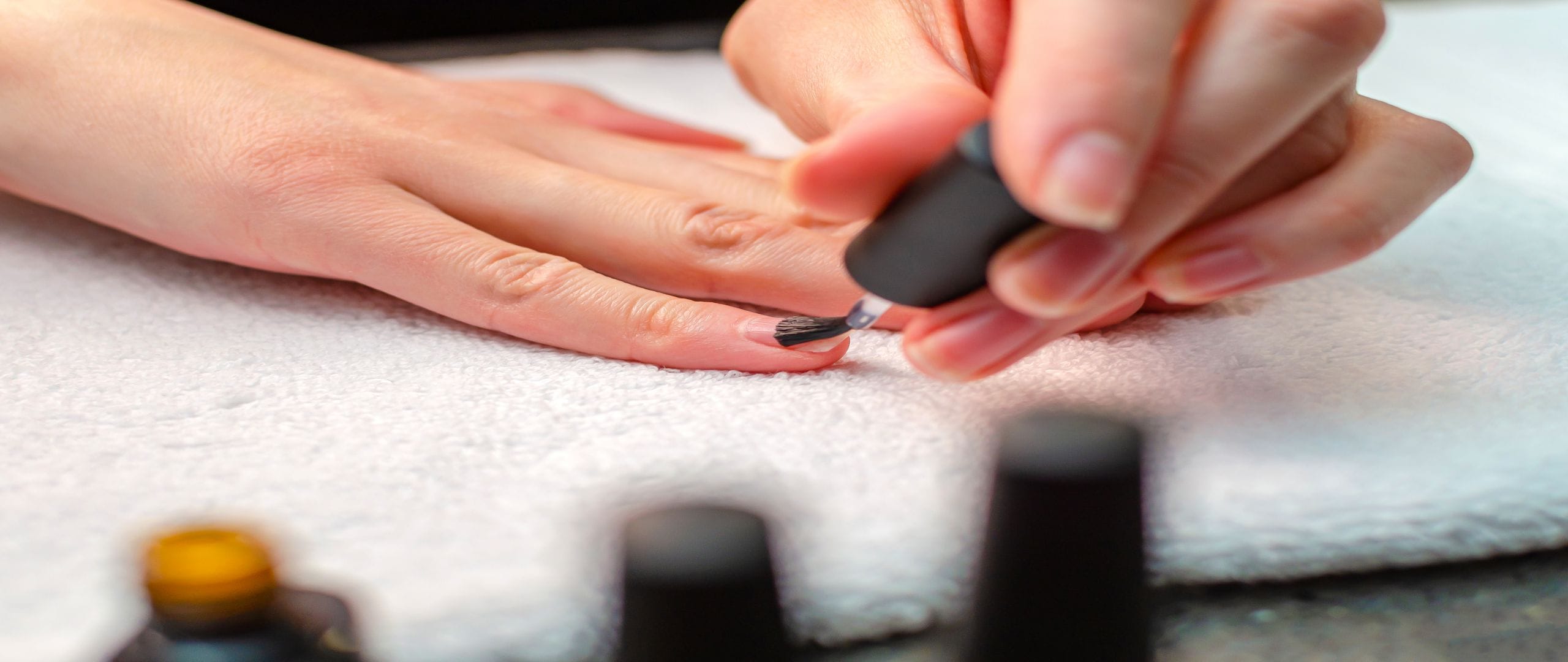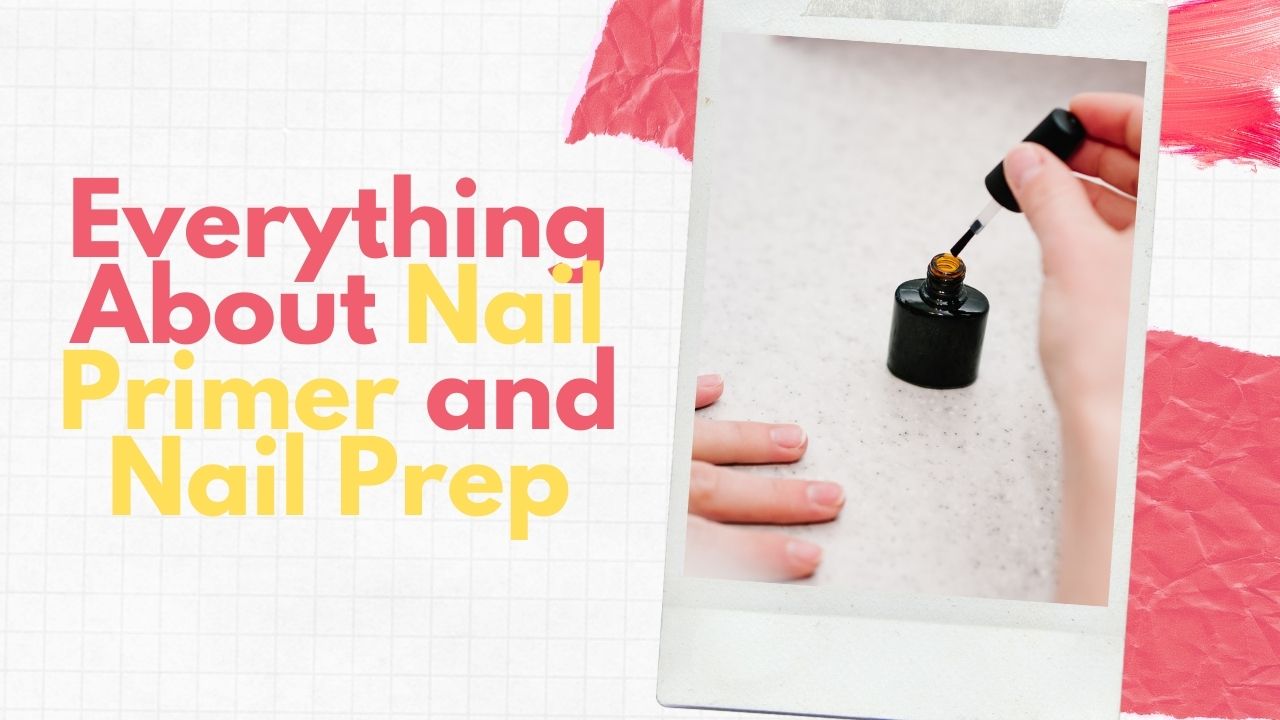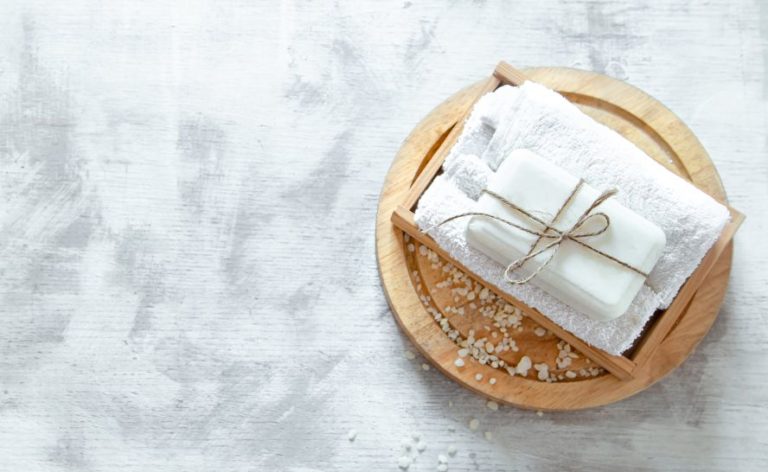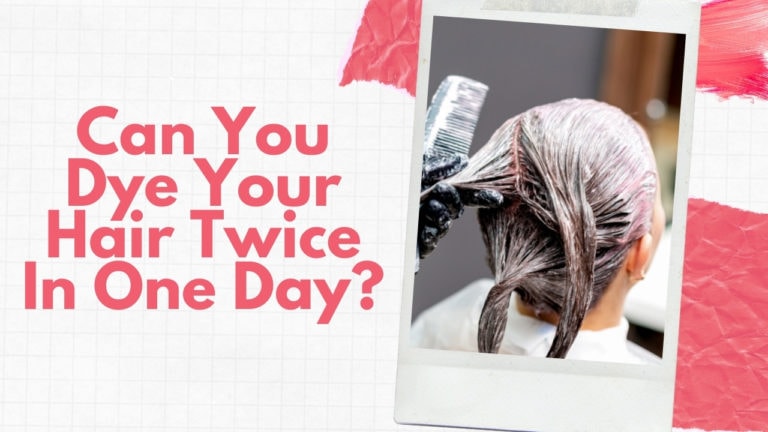Nail Primer and Nail Prep: What are they, and What are they used for?
The nail extension fashion is booming and there is a wider variety of nail supplies today. With improvements—and with more users being aware, there are higher expectations for premium results.
Advancements in the making of nail adhesives now allow a faster way to get you long-lasting enhancements with no chipping or peeling. Two of the most commonly used nail supplies; Nail Primers and Nail Preps have given nail extension lovers, durable results and convenience.
Though Primers and Preps have some similarities, the products themselves and their uses are quite different.
What is Nail Prep?
Just like its name, Nail Prep is preparing the nail before the use of any nail adhesive. There are quantities of moisture and small particles that are necessary to be removed before using enhancements. Primer is applied after nail prep for the reason that it requires an absolutely clean nail plate, and nail prep gives just that.
Dehydration & Balancing pH:
Another function of Prep products is to dehydrate. After cleansing, it completely dehydrates the surface, making it moisture-free for over 20 minutes. Ensuring the nail plate be free of any water, moisture, or debris.
Prep products also make the surface of the nail slightly alkaline. The reason for doing this is to balance the pH. After nail prep, primers, that are acidic would be applied. So as the nail surface changes to more alkaline and receives acidic primers, it balances the pH. This is vital in the process since it promotes adhesion and satisfying results.
It is always better to use prep products that can perform all three of these functions. In case of unavailability, if you’re using separate products, always cleanse and dehydrate first, and then use a pH balancing product.
A lot of users tend to blow on the nails to speed the evaporation process, but this is totally wrong. Blowing on the nails during any part of the process, be it dehydrating or priming, will pollute your nail surface. This will lead to weaker and unsatisfying results.
It is important to correctly prep your nail before using Nail Primers, as any error would later return unimpressive or faulty nail enhancements.

All you need to know about Nail Primers
Nail Primers, in essence, help the product stick to your nails. They ensure longevity, that is, helping products like acrylic nails to stay longer.
Primers eliminate grease or moisture so that the nail plate is clear and ready. The pH is also adjusted for additional protection of the natural nails, and also for increased adherence with the nail extension.
Nail Primers are normally used before applying acrylics, but they can also be used with gels, polyacryl gels, or regular nail polishes. Unless you’re prone to peeling or chipping, it is not advised to use it when applying gel polish or regular polish. The reason being that primers have a strong formula, and should only be used when absolutely necessary. Like when applying acrylic nails.
They are of two kinds, original or acid-based primers, and acid-free primers.
Acid Primers:
Regular primers or acid-based primers are usually used with acrylic nails. They’re formulated with a high percentage of acid methacrylate, which forms a hydrogen bond with the nail and a covalent bond with the acrylic on top of it.
Forming separate bonds on each side. Hydrogen bonds are weaker than covalent bonds and safely form with the natural nail, and are temporary. The stronger covalent bond forms with the acrylic nail, and firmly binds with it.
Acid Primers start by getting rid of the excess oils from the surface and after bonding the acrylic and natural nails, it dries to a chalky finish. This type of primer is most suitable to use on oily nail plates that have trouble getting good results with acrylic enhancements.
Since acid primers contain a strong acid, it is important to use only a small amount at once, and not let it touch the skin. Another precaution to take is to avoid using them when applying permanent nail polish.
Acid-Free Primers:
Though these are not strictly acid-free, they are free of the stronger methacrylate acid and contain mild acids.
Acid-free primers temporarily change the pH of the natural nail to help the product adhere. The pH returns to normal after 20 minutes, so if it normally takes you longer, you can do one hand at a time.
When it comes to primers, less is more. Take a small amount and apply around the center of the nail, spreading to the edges. You don’t want any of that on your skin, so be careful when applying. The primer will not dry completely if used in a greater amount and can cause problems afterward.
As acid-free primers are milder, they can be used instead of acid primers, or after using acid primers.
Choosing the ‘Right’ Primer:
Before choosing the right primer for your nail enhancements, you should know if you’ll be frequently re-priming your nails or if it is just an occasional thing.
Frequent use of acid primers can damage and unhealthily dehydrate the nail plate and cause it to thin. Acid-based primers create microscopic openings on the nail plate and use hold the nail enhancements, so you can guess how harmful a very frequent use can be.
Acid Primers can hold any kind of synthetic nails, but most users apply them for acrylic nails. Acid-free primers, which are milder, are used mostly for gel or polyacryl nails.
If chipping and lifting is a consistent issue, then proper use of acid-based primers would be more suitable. But remember, not too frequently!
Conclusion
Nail Prepping and Priming is a huge convenience for all who absolutely adore nail enhancements, as it used to be a lengthy process back then.
Nail Primers and Preps should always come after you have chosen exactly what kind of nail enhancements you want. Since that is what leads the process. Secondly, never try to look for shortcuts or compromise the quality of your products for it will affect the results.
Choose beforehand, follow the instructions, don’t be hasty, and never overdo it. That’s about it!







